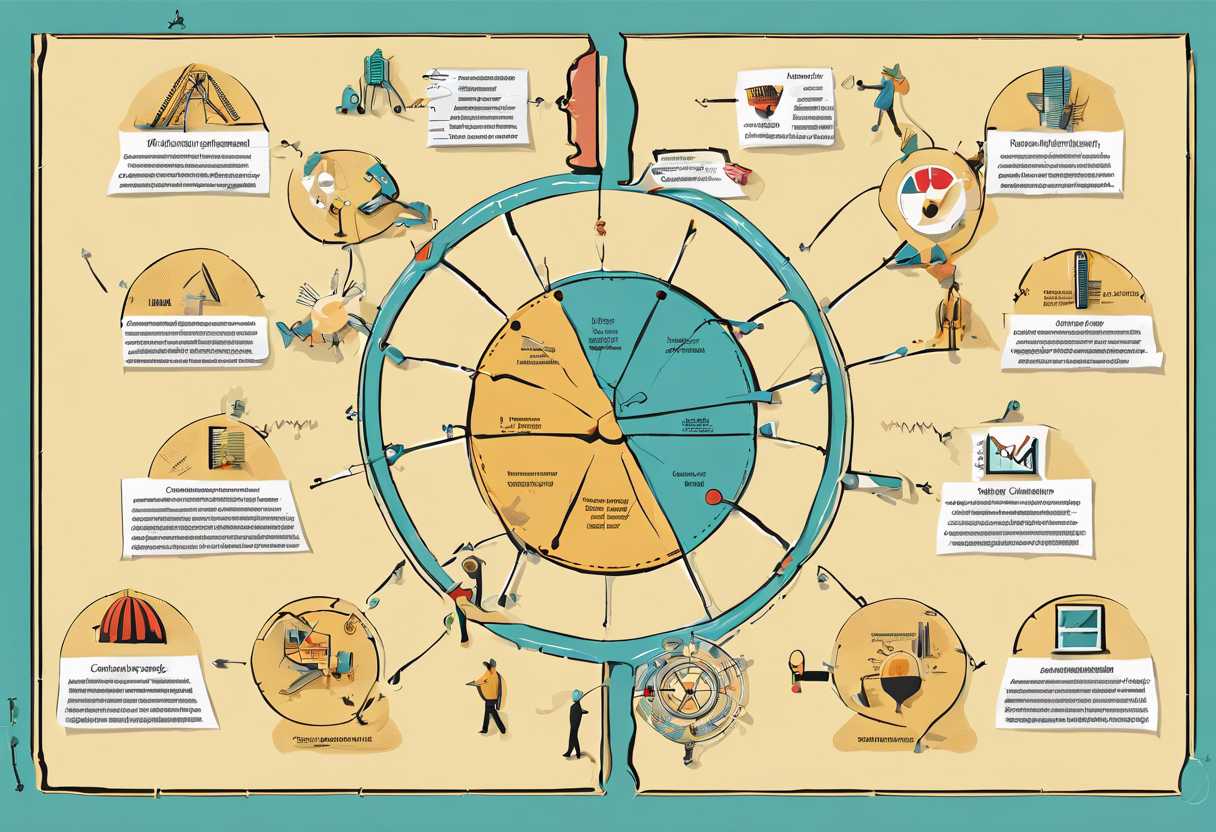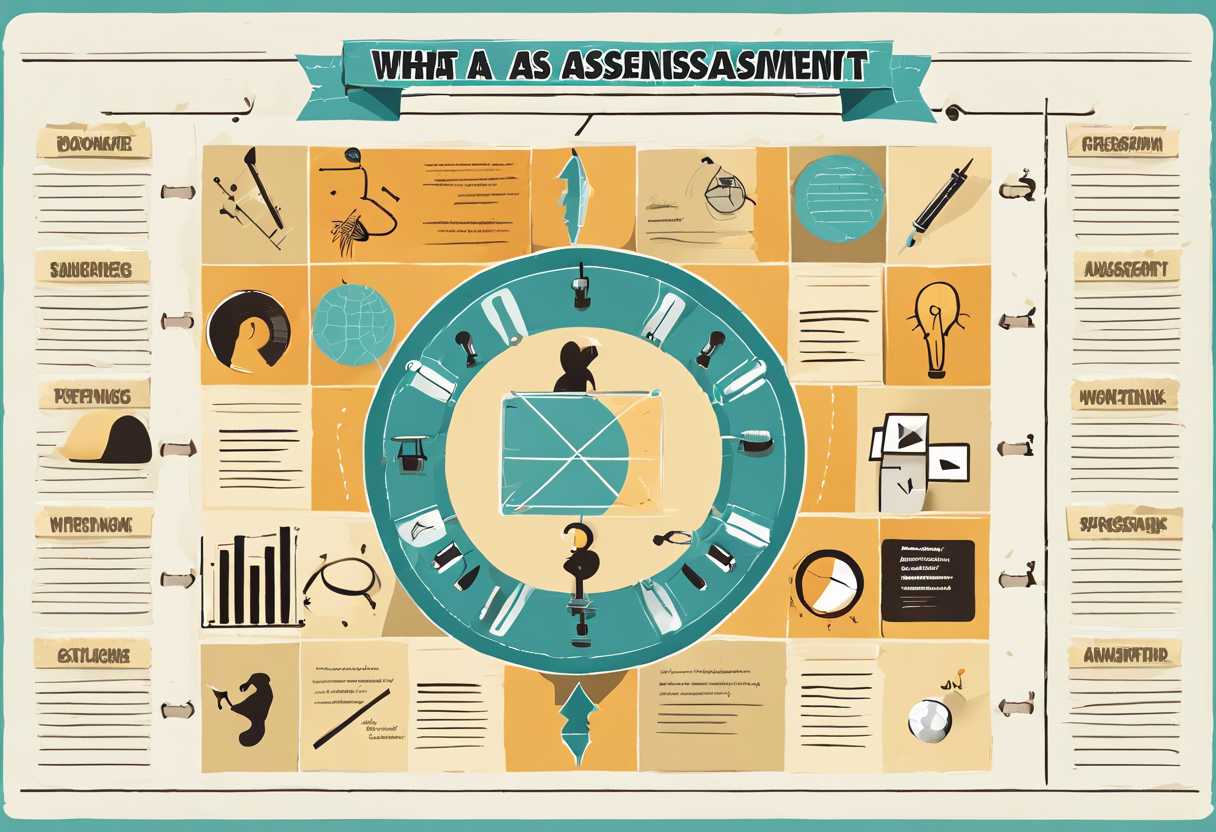Are you looking to enhance your risk management strategy and minimize potential threats to your business? Understanding the basics of a risk assessment matrix is crucial for effectively identifying, analyzing, and mitigating risks. In this blog post, we will delve into the importance of using a risk assessment matrix in business, the key components of a comprehensive risk assessment matrix, and how to create and implement an effective one. Additionally, we will explore the benefits of utilizing a risk assessment matrix for risk management. Whether you are a small business owner or a corporate executive, this post will provide valuable insights into the world of risk assessment matrices and how they can benefit your organization. So, let’s dive in and explore the world of risk assessment matrices.
Understanding the Basics of a Risk Assessment Matrix
The Importance of a Risk Assessment Matrix
A risk assessment matrix is a crucial tool for businesses and organizations to identify, assess, and prioritize potential risks. It provides a visual representation of the likelihood and impact of various risks, allowing decision-makers to allocate resources and develop strategies to mitigate these risks effectively.
Components of a Risk Assessment Matrix
The risk assessment matrix typically consists of two main components: the likelihood of a risk occurring and the impact it would have if it did. Likelihood is often measured on a scale from low to high, while impact can be categorized as minor, moderate, or severe. By combining these two factors, risks can be classified into different levels of priority, guiding the allocation of resources and risk management efforts.
Using a Risk Assessment Matrix
When using a risk assessment matrix, it’s essential to gather input from relevant stakeholders and subject matter experts to ensure a comprehensive and accurate assessment of risks. Once risks are identified and assessed, they can be prioritized based on their likelihood and impact, allowing organizations to focus on addressing the most critical risks first. Regular reviews and updates of the risk assessment matrix are also crucial to adapt to changing circumstances and emerging risks.

The Importance of Using a Risk Assessment Matrix in Business
Identifying Potential Risks
One of the key benefits of using a risk assessment matrix in business is the ability to identify potential risks. By systematically evaluating different aspects of your business operations, you can pinpoint areas that may be vulnerable to various risks, such as financial, operational, or strategic risks. This proactive approach allows you to take necessary measures to mitigate these risks before they escalate into larger issues.
Quantifying and Prioritizing Risks
Another advantage of utilizing a risk assessment matrix is the ability to quantify and prioritize risks. By assigning numerical values to different risk factors, you can objectively assess the likelihood and impact of each risk. This allows you to prioritize your risk management efforts and allocate resources more effectively. Additionally, it provides a clear framework for decision-making, enabling you to focus on addressing the most critical risks first.
Enhancing Decision-Making and Planning
Furthermore, a risk assessment matrix can significantly enhance decision-making and planning processes within your business. By having a comprehensive understanding of potential risks and their potential impact, you can make more informed decisions and develop robust contingency plans. This proactive approach not only helps in minimizing the negative impact of risks but also enables you to capitalize on opportunities that may arise.

Key Components of a Comprehensive Risk Assessment Matrix
Identification of Risks
One of the key components of a comprehensive risk assessment matrix is the identification of risks. This involves identifying potential hazards or events that could negatively impact the organization. This step requires a thorough analysis of the internal and external factors that could pose a risk to the organization’s operations, assets, or reputation. It is important to consider a wide range of risks, including financial, operational, strategic, and compliance-related risks.
Assessment of Impact and Likelihood
Once the risks have been identified, the next step is to assess the impact and likelihood of each risk. This involves evaluating the potential consequences of each risk and the probability of it occurring. This step often involves using a risk assessment matrix to categorize risks based on their impact and likelihood. *The use of a risk assessment matrix can help prioritize risks and determine the appropriate level of response.*
Development of Risk Mitigation Strategies
After the risks have been identified and assessed, the next step is to develop risk mitigation strategies. This involves developing a plan to minimize the impact of the identified risks. *This may include implementing control measures, transferring the risk to a third party, or accepting the risk with a contingency plan in place.* It is important to develop specific and actionable strategies for each identified risk, taking into account the organization’s resources and capabilities.
How to Create and Implement an Effective Risk Assessment Matrix
The Importance of a Risk Assessment Matrix
An effective risk assessment matrix is a crucial tool for businesses to identify, assess, and prioritize potential risks. By using a risk assessment matrix, organizations can systematically evaluate the likelihood and impact of various risks, allowing them to develop strategies to mitigate or manage these risks effectively.
Steps to Create and Implement a Risk Assessment Matrix
Creating and implementing a risk assessment matrix involves several key steps. First, it is essential to identify the potential risks that could impact the organization. This can include anything from financial risks to operational risks. Once the risks have been identified, they need to be assessed based on their likelihood and impact. This can be done using a numerical scale, such as 1 to 5, with 1 being the lowest likelihood or impact and 5 being the highest.
After assessing the risks, they can be plotted on the risk assessment matrix, which typically consists of a grid with likelihood on one axis and impact on the other. This allows for a visual representation of the risks, making it easier to prioritize and develop appropriate risk management strategies.
Key Features of an Effective Risk Assessment Matrix
- Clear and defined criteria for assessing likelihood and impact
- Visual representation of risks for easy prioritization
- Ability to categorize risks based on severity
- Flexibility to be adapted to different types of risks
By incorporating these features, a risk assessment matrix can effectively support the organization in identifying and managing potential risks.
| Risk | Likelihood | Impact |
| Financial Risk | 4 | 5 |
| Operational Risk | 3 | 4 |
| Reputational Risk | 2 | 3 |
Using a risk assessment matrix, organizations can categorize and prioritize risks based on their likelihood and impact, allowing them to allocate resources and develop appropriate risk management strategies.
Benefits of Utilizing a Risk Assessment Matrix for Risk Management
Improved Risk Identification
One of the key benefits of utilizing a risk assessment matrix for risk management is the improved ability to identify and assess potential risks. By using a matrix, organizations can systematically evaluate the likelihood and impact of various risks, allowing them to prioritize and address the most critical issues first. This structured approach helps to ensure that no potential risks are overlooked, leading to more comprehensive risk management strategies.
Enhanced Decision Making
Another advantage of using a risk assessment matrix is the ability to make more informed and strategic decisions. By clearly visualizing the potential risks and their potential impact, organizations can better understand the trade-offs involved in different risk management strategies. This can lead to more effective decision-making processes, as well as improved resource allocation and risk mitigation efforts.
Increased Stakeholder Communication
Utilizing a risk assessment matrix can also improve communication with stakeholders. By providing a clear and visual representation of potential risks, organizations can more effectively communicate the importance of risk management efforts to key stakeholders. This can help to build consensus and support for risk management initiatives, as well as facilitate more productive discussions about risk tolerance and mitigation strategies.
Conclusion
In conclusion, a risk assessment matrix is a crucial tool for businesses to identify, assess, and manage potential risks effectively. By understanding the basics of a risk assessment matrix and recognizing its importance in business, organizations can develop a comprehensive approach to risk management.
Key components such as likelihood, impact, and risk levels play a significant role in creating an effective risk assessment matrix. By implementing this tool, businesses can proactively address potential threats and make informed decisions to mitigate risks.
Utilizing a risk assessment matrix offers numerous benefits for risk management, including improved decision-making, enhanced risk awareness, and better resource allocation. By incorporating this tool into their risk management strategies, businesses can safeguard their operations and achieve long-term success.
As you continue to explore the world of risk management, consider the valuable insights and guidance provided by a risk assessment matrix. By leveraging this powerful tool, you can navigate potential risks with confidence and steer your business towards sustainable growth and resilience.
Take the next step in enhancing your risk management approach by implementing a comprehensive risk assessment matrix today.

